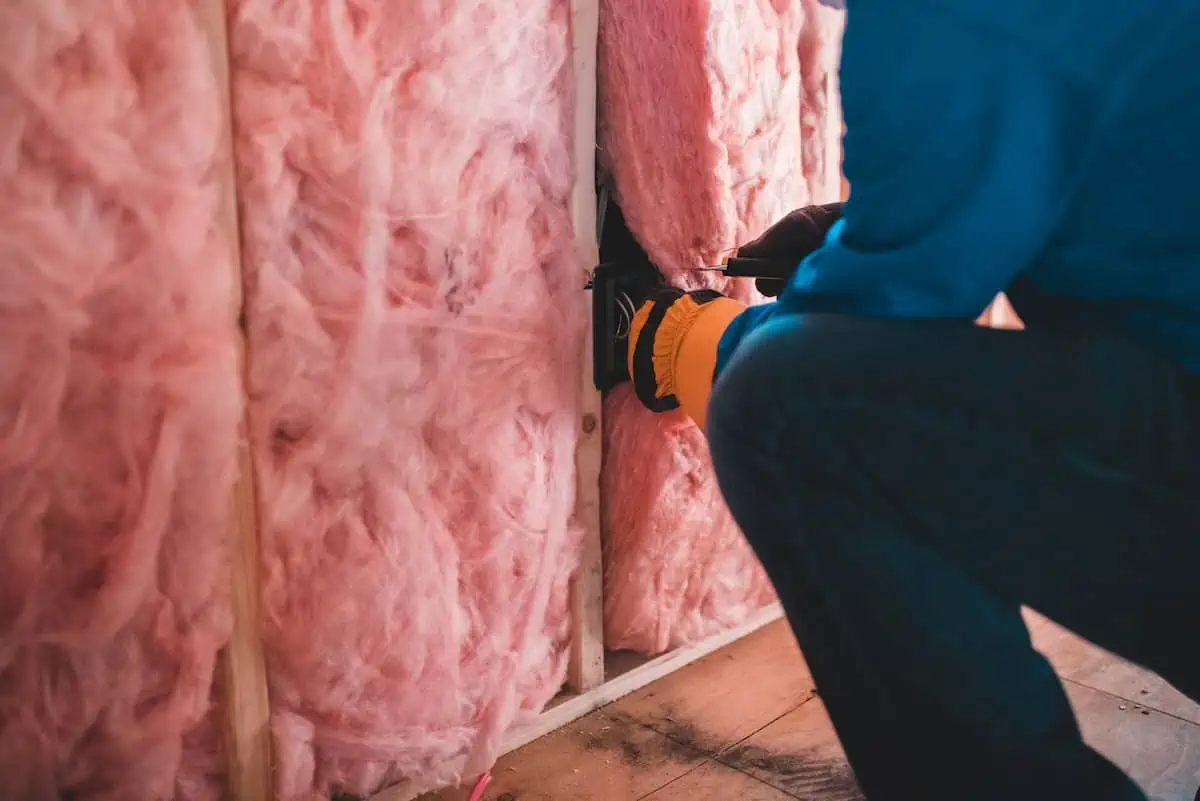The house insulation industry plays a pivotal role in enhancing energy efficiency and sustainability in the construction sector.
However, in recent years, as the experts at Bernardi Building Supply have observed, the industry has been grappling with a myriad of supply chain issues that have the potential to disrupt operations and impede progress towards energy-efficient homes.
From raw material shortages to transportation bottlenecks, understanding and addressing these challenges is crucial for stakeholders in the house insulation sector.
Raw Material Shortages
One of the primary supply chain challenges facing the house insulation industry is the shortage of key raw materials. Insulation materials such as fiberglass, foam boards, and mineral wool rely on inputs like sand, petrochemicals, and minerals. Fluctuations in the availability and pricing of these raw materials can have a cascading effect on the entire supply chain.
For instance, disruptions in the supply of petrochemicals, a key component in foam insulation, can lead to increased production costs and delays in manufacturing.
Global Demand and Competition
Rapid urbanization and a growing emphasis on sustainable building practices have fueled global demand for house insulation. While this is positive for the industry, it has also intensified competition for scarce resources. Manufacturers often find themselves in bidding wars for raw materials, leading to increased costs and potential delays.
Moreover, the interconnected nature of the global economy means that geopolitical events, trade disputes, or natural disasters in one region can reverberate across the supply chain, impacting insulation production worldwide.
Transportation Bottlenecks
Another critical challenge facing the house insulation industry is transportation bottlenecks. Insulation materials are bulky and often need to be transported over long distances from manufacturing facilities to construction sites.
Issues such as congested ports, shortage of shipping containers, and disruptions in global logistics networks can result in delays and increased transportation costs. These challenges have been further exacerbated by the COVID-19 pandemic, which exposed vulnerabilities in the global supply chain.
Labor Shortages and Skill Gaps
The house insulation industry also faces challenges on the human resources front. Skilled labor shortages and skill gaps in the workforce can impede the production and installation of insulation materials. Proper installation is crucial for the effectiveness of insulation, and a lack of skilled workers can lead to suboptimal performance and increased rework costs.
Addressing these labor challenges requires a concerted effort from industry stakeholders to invest in training programs and attract new talent.
Sustainability Pressures
As the demand for sustainable building practices grows, there is increasing pressure on the house insulation industry to adopt environmentally friendly materials and processes. While this is a positive trend, it also presents challenges in terms of sourcing sustainable raw materials, adhering to strict environmental standards, and investing in research and development for innovative eco-friendly insulation solutions.
Balancing sustainability goals with cost-effectiveness is a delicate task for industry players.
Conclusion
The house insulation industry faces a complex web of supply chain challenges that require proactive and collaborative solutions. From raw material shortages to transportation bottlenecks and sustainability pressures, addressing these issues is crucial for the industry’s resilience and long-term success.
Stakeholders must work together to diversify sourcing strategies, invest in technology and innovation, and foster a skilled and sustainable workforce to ensure that the house insulation industry continues to contribute to energy efficiency and environmental conservation in the construction sector.
Article and permission to publish here provided by Patrick Otto. Originally written for Supply Chain Game Changer and published on November 22, 2023.
Cover photo by Erik Mclean on Unsplash.

